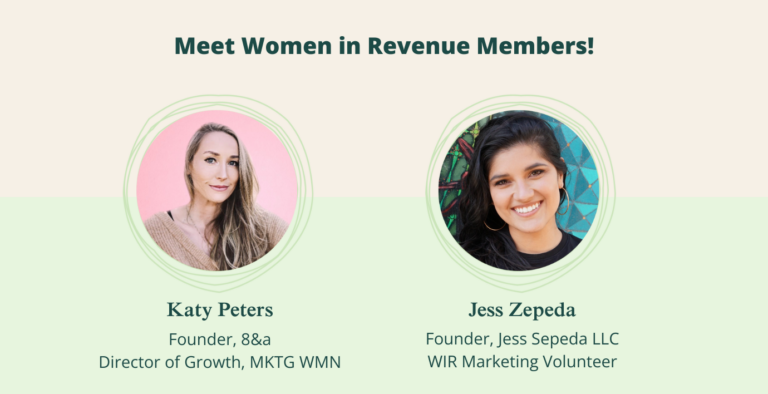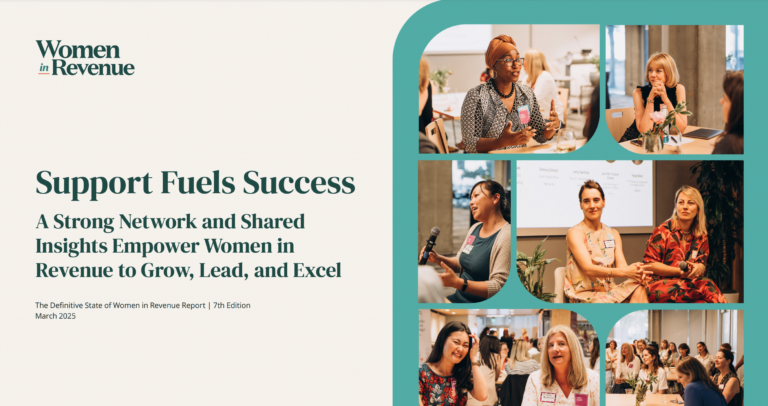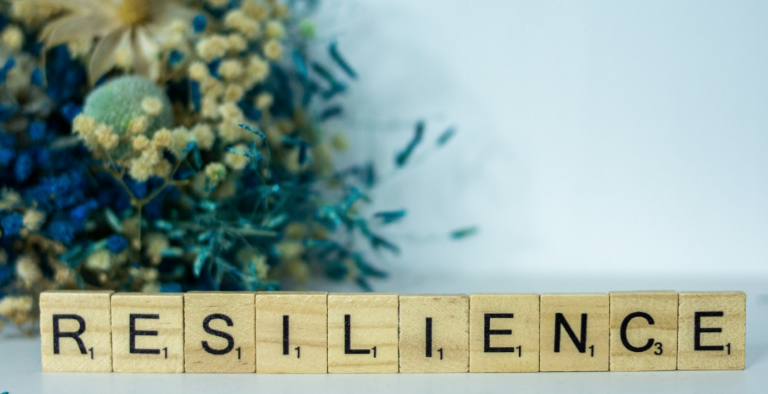There are 35 countries in the Americas — 33 of them Latin American (and a US jurisdiction, Puerto Rico, that’s also part of the Latinx community). Therefore, it’s hardly surprising that the United States is enriched with a wide array of these cultures: Cuban, Peruvian, and Mexican, just to name a few. While accents, traditions, and contributions span many varieties, it’s undeniable that they’re all an integral part of what makes the United States the melting pot that it is.
While it’s commonplace for all of these cultures to be grouped into one single label (Hispanic), it’s impossible to capture all of the variations with that one word. Some were born here. Others emigrated. The common denominators include the Spanish language, Spanglish, and/or a fierce sense of identity.
As part of Hispanic heritage month, we pay homage to this mosaic by showcasing how it enriches all of us.
Origins of Hispanic heritage month
Hispanic heritage month — celebrated from mid-September through mid-October — has been commemorated in the United States since 1968 under President Lyndon B. Johnson. It starts mid-month because it coincides with the independence days of several Latin American countries.
But before it was recognized nationally, it was first introduced as a bill for Hispanic Heritage Week by California legislators Edward Roybal and Henry Gonzáles, after decades of Latinx activists demanding fair access to education and government services.
Why celebrate Hispanic heritage month?
There are many reasons to celebrate Hispanic heritage. From a superficial level, who’ll say no to great food, drinks, and music? And from a deeper perspective, it reminds us all of the impact of the Hispanic population in the United States:
- Since 2007, there has been an 87% increase in Latina-owned small businesses, playing an integral role in the US economy.
- Hispanic-owned businesses in the US pay more than $100 billion a year in payroll to employees, and they are growing twice as fast as the national average.
- By 2017, the Latinx community made up over 18% of the US population. This has a considerable effect on the tax revenue – more than $309 billion, to be precise.
- The community has also captured politicians’ attention: Their vote was decisive in the 2020 Presidential election. For the 2022 midterm election, both major parties have designed strategies to appeal to these demographics.
And let’s not forget the things that add so much to our daily lives:
Technology
If you love your Google Assistant, you’ll want to know about Venezuelan Senior Director of Product Management at Google, Lilian Rincón. Although she didn’t know any English while in elementary school when she first moved to the US, she did excel at math, which led her to her career in computer science. And you can be grateful for safe drinking water thanks to Guatemalan scientist África Flores. As regional coordinator of NASA’s SERVIR program, she helped ensure satellite data to assess the health of water quality.
Healthcare
Antonia Novello grew up with a congenital digestive condition, for which she could not receive adequate treatment, because her family couldn’t afford it. She was able to get surgery at age 18, then decided to become a doctor to ensure that other children, women, and minorities had access to quality care — a cause she championed when she became the first Hispanic U.S Surgeon General. By the same token, Puerto Rican physician Helen Rodríguez Trías was instrumental in abolishing forced sterilization of women on the island. And Panamanian nurse Ildaura Murillo-Rohde founded the National Association of Hispanic Nurses to promote quality care for Latinx communities, as well as help Latinas obtain educational grants.
Inventions
One of the most practical modern devices is the e-reader. They fit everywhere, and make it possible to carry an entire library wherever you go. And the person who invented its first iteration was Spanish teacher Ángela Ruiz Robles, who was seeking to make life easier for her students as they walked from class to class. Like the freedom that birth control pills bring to your life? Be grateful that chemist Luis Miramontes made the first molecule that became one of the first active ingredients in oral contraceptives.
All of these contributions are just the tip of the iceberg – yet they showcase how we all benefit from Hispanic contributions to our country.
To celebrate, consider reading books or listening to podcasts about Latinx insights, history, experiences, and pop culture. And if you liked this blog, check out our resource library for more information on how we celebrate diversity across all mediums.




